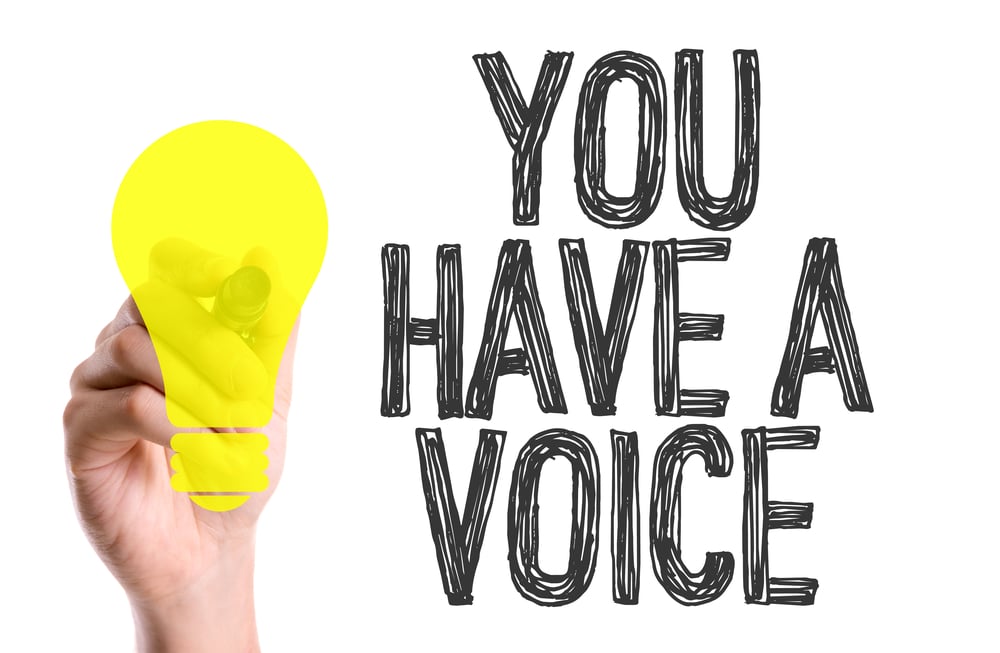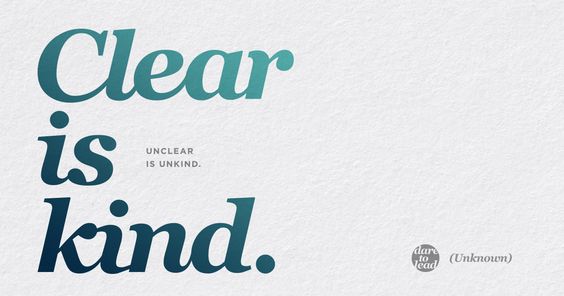Recently, I had the opportunity to go axe throwing and to say I was pretty terrible at it would be an understatement. The person working there and helping our group said to me “Hey, have you considered sucking less and doing better?” After we all had a good laugh at my expense, I thought wow, that was both not helpful and it was quite hurtful, pretty impressive for less than ten words. Of course, I wasn’t actually offended, but it does illustrate how poor feedback can do the opposite of its intentions if delivered without proper consideration.
Feedback is important for personal and professional growth, but it can often be difficult to give and receive. Finding the right balance between honesty and empathy can be tricky. When feedback is poorly delivered, it can lead to resentment, defensiveness, and a lack of trust. However, when done correctly, feedback can be a powerful tool for growth and development. In this blog, we'll explore the concept of clear and kind feedback and offer some tips for giving feedback that actually helps.
What is clear feedback?
Clear feedback is information that is specific, objective, and actionable. The focus is on behavior rather than personality. When feedback is clear, it's easier for the recipient to understand what they're doing well and what they need to improve.
Clear feedback should be:
- Objective: It's important to focus on observable facts and behavior rather than personal opinions or assumptions. This means describing specific actions or behaviors that you have witnessed, rather than making judgments or assumptions about the person's character or motives.
- Specific: Focus on a particular action or behavior. Avoid vague or general statements, which can be difficult for the recipient to act on. Instead, try to provide concrete examples and details that illustrate the behavior you're addressing.
- Actionable: Feedback is most effective when it includes actionable suggestions for improvement. Offer specific suggestions for how the recipient can change their behavior or approach to achieve better results. When offering suggestions, focus on the future and what the recipient can do differently going forward.
For example, instead of saying, "Your presentation was boring," you could say, "I noticed that you read directly from the slides during the presentation. To make it more engaging, try to make eye contact with the audience and use fewer bullet points on each slide."

What is Kind Feedback?
Kind feedback is delivered in a way that is compassionate, respectful and constructive. When feedback is kind, it's easier for the recipient to feel valued and supported, even when they're receiving criticism.
Kind feedback should be:
- Compassionate: Lead with empathy and understanding of the recipient's perspective. This means recognizing and acknowledging their feelings and experiences, even if you disagree with them. By demonstrating compassion and understanding, you can help the recipient feel heard and valued, making it easier for them to accept and act on your feedback.
- Respectful: Feedback should always be delivered with dignity and professionalism, even when discussing sensitive or difficult topics. This means avoiding personal attacks or criticism and focusing on the behavior or actions that need to be addressed. Making assumptions or judgments about the person's character or motives can undermine trust and respect.
- Constructive: Similar to actionable feedback (described above), the goal of kind feedback is to help the recipient grow and improve. This means focusing on specific actions or behaviors that can be changed or improved, rather than simply pointing out flaws or mistakes. It's important to offer specific suggestions for improvement and provide guidance and support as the recipient works to make changes.
For example, instead of saying, "You really messed up that project," try saying, "I know you worked really hard on that project, but there were a few areas that could be improved. Let's talk about how we can work together to make it better next time."

Putting it all together
Clear and kind feedback helps build trust, strengthen relationships, and foster a culture of growth and development. When feedback is clear and kind, it's easier for the recipient to understand the feedback and take action to improve. It also creates a safe space for open and honest communication, which can prevent misunderstandings and conflict.
7 Tips for offering clear and kind feedback
- Start with a positive note: Begin the feedback session with a positive comment. This helps set the tone and build trust.
- Use "I" statements: Start by sharing your own experience or perspective, rather than telling the person what they should do. This approach can help the person feel less defensive and more open to hearing your suggestions.
- Be specific and clear: Offer concrete suggestions the person can act on, and provide clear reasons why you think these suggestions might be helpful.
- Ask for permission: Before offering suggestions, ask the person if they are open to hearing your thoughts. This shows respect for their autonomy and helps build trust.
- Use empathy: Put yourself in the recipient's shoes and try to understand their perspective and feelings. This validation can help create or deepen trust.
- Practice active listening: Listen carefully to the recipient's response and give them your undivided attention. Ask clarifying questions, and reflect back on what has been said to ensure mutual understanding.
- Offer support: Finally, offer to support the person as they try out your suggestions. Let them know you're available to help in any way you can, and that you're invested in their success.
Even with these tips in hand, offering feedback can still be a challenge. Of course, you don’t want to hurt someone's feelings, but it’s important to remember that by being open, honest, and upfront we are being both clear and kind.
Remember, clarity is kindness, and by using these tips, you can build trust, strengthen relationships, and help individuals grow and develop. In the words of Brené Brown, "Clear is kind, unclear is unkind."
Oh, and for the record, the key to axe throwing is all in the wrist.
